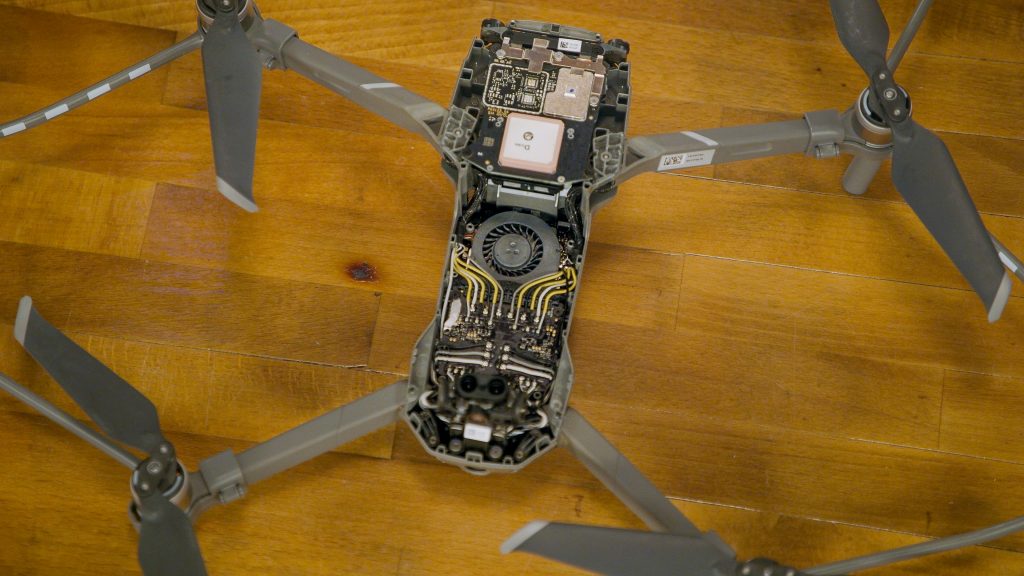
The engineering design process is a series of steps used by engineers to guide the creative process of solving problems. The number of steps may vary as well as the order in which they are used. However, there are three main phases of the engineering design process: define the problem, develop ideas, and optimize the design solution.
To better understand the engineering design process…
LET’S BREAK IT DOWN!
Engineering Design Process
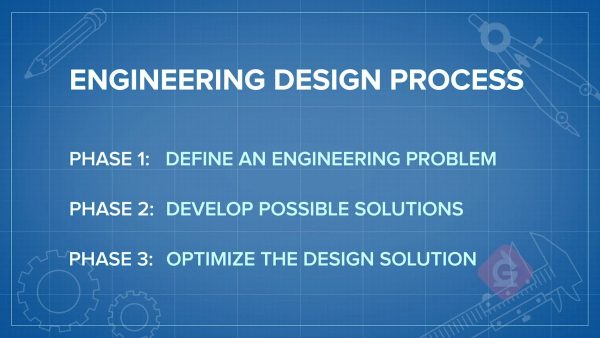
The engineering design process is a series of steps that engineers follow to help guide the process of coming up with a solution to a problem. Many versions of the engineering design process can be found online. Some have only six steps while others might have up to 19 steps! However, all of these versions of the engineering design processes have three main phases in common.
The first phase is defining the problem. This is when engineers figure out the exact requirements for the problem they are trying to solve. During the second phase, engineers develop possible solutions. This phase may consist of brainstorming, sketching, modeling, testing of materials, interviewing experts, or doing anything that can help inspire ideas for a possible design solution. During the third phase, engineers optimize the design solution by testing and improving their design until it has met all the design requirements. Although there are three main phases, engineers will jump around and repeat steps of these phases as necessary. The process is considered iterative because steps are repeated and not necessarily used in a linear order.
Defining the Problem
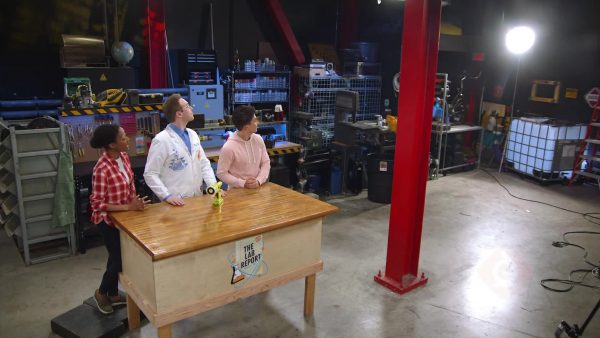
In the first phase of the engineering design process, engineers are either given a problem to work on or they observe the natural and designed world around them to figure out a problem that needs to be solved. Engineers are often trying to improve problems in our society, such as how to reduce pollution or how to make a machine to help doctors perform surgery. However, some engineers are asked to solve problems like how to make a race car move faster! The field of engineering is very broad, and engineers try to solve many different types of problems.
When engineers begin the process of solving a problem, they need to clearly understand the criteria and constraints of the design solution. Criteria are the requirements needed to be met in order for the design idea to be considered a success. Constraints are the limitations that are placed on the design idea, such as how much it costs to build, the materials that can be used, or the time allowed to finish the project. The criteria and constraints are used to not only guide the engineering design process but also evaluate competing design ideas and overall success of the design solution.
Brainstorming and Research

During the second phase of the engineering design process, engineers begin to develop ideas for possible design solutions. A significant amount of time is spent brainstorming. Brainstorming can happen both individually and collaboratively in a group. Brainstorming is an informal, creative process used to generate ideas. Engineers often sketch and label diagrams and take notes about ideas that could be used for the design solution. All ideas are documented, but none of them are judged during brainstorming. It is all about getting the ideas on paper!
Research is generally done after brainstorming to see if any of the ideas documented can be enhanced or have already been developed. Research is when engineers use online or print resources, test materials, and interview experts or users of a product to gain more information about the problem they are trying to solve. Engineers will often go back and forth between brainstorming and research.
Developing Possible Solutions
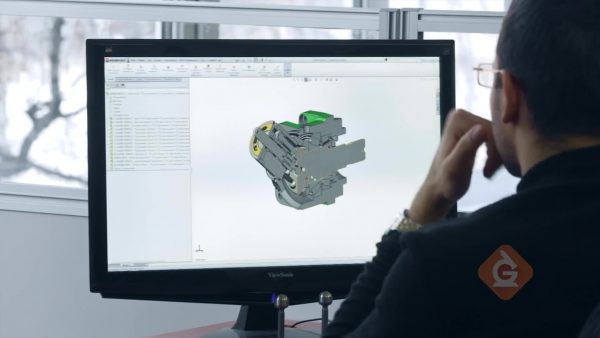
After engineers have brainstormed and researched, they begin to more fully develop one or more design solutions. Sometimes a model is drawn with labels explaining the inputs, outputs, and flow of energy within the system they are developing. Sometimes a three-dimensional computer-aided design (CAD) model is developed that shows how the parts of the system move and interact with one another. These models are used to choose the best idea, which usually leads to the building of a prototype.
Optimizing the Design Solution
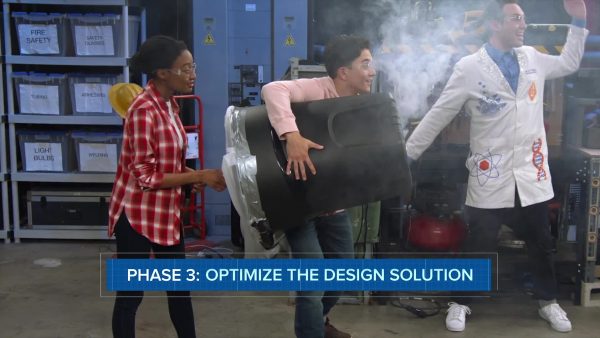
A prototype is a first, or preliminary, model that is built to demonstrate and test the functionality of a design solution. Engineers will perform tests and collect data on how well the design solution meets the criteria and constraints. These data are analyzed and used to develop new ideas to help improve the design. This is the third phase of the engineering design process during which engineers will repeatedly test and improve their design solutions in order to optimize the test results.
ENGINEERING DESIGN PROCESS VOCABULARY
ENGINEERING DESIGN PROCESS DISCUSSION QUESTIONS
What is the engineering design process?
What are some things you need to know in order to solve a design problem?
How might you go about developing possible solutions to a design problem?
How might you go about optimizing a design solution?
Why are criteria and constraints important at the end of the engineering design process?
Provide an example of a type of engineer and the types of design solutions they work to figure out.
Skip, I will use a 3 day free trial
Enjoy your free 30 days trial
We use cookies to make your experience with this site better. By using this site you agree to our use of cookies. Click "Decline" to delete and block any non-essential cookies for this site on this specific property, device, and browser. Please read our privacy policy for more information on the cookies we use.Learn More
We use cookies to improve your experience. By using this site, you agree to our use of cookies. Click "Decline" to block non-essential cookies. See our privacy policy for details.Learn More






